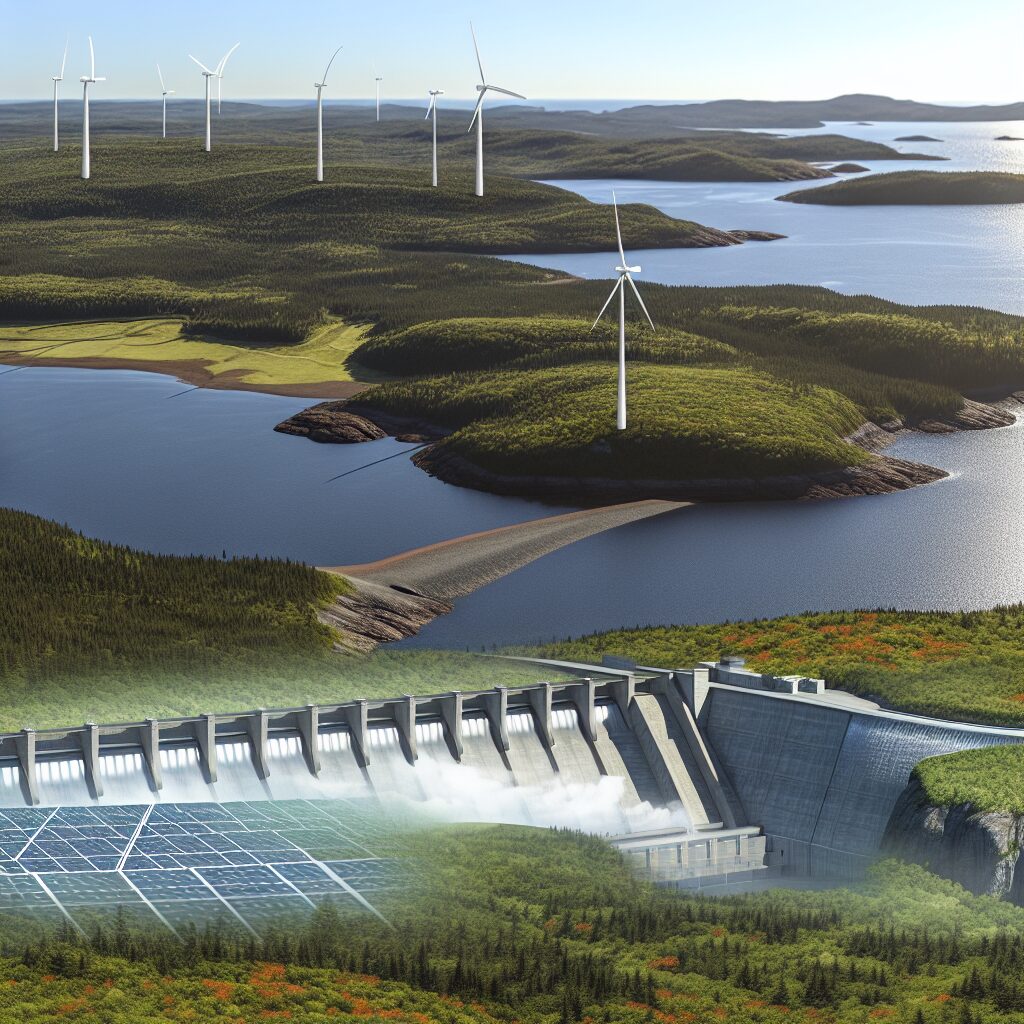East Coast Energy Future: The Impact of Dam Dreams
The East Coast of the United States stands on the brink of an energy transformation as plans to implement large-scale dam projects surface. These infrastructural ambitions could redefine the region’s energy landscape, bringing both opportunities and challenges.
Sustainable Energy Solutions
As environmental concerns intensify, the emphasis on renewable energy sources grows stronger. Hydroelectric dams offer a viable alternative to fossil fuels, providing a consistent and renewable source of power. By harnessing the natural flow of rivers, these dams can generate substantial amounts of electricity with minimal emissions compared to traditional coal or gas plants.
Economic Implications
Investment in dam infrastructure could stimulate local economies through job creation, both in the construction phase and long-term operation. Additionally, reduced reliance on imported fuels could lead to lower energy costs for consumers and businesses alike. However, the initial capital outlay for dam construction is considerable, and securing funding remains a significant hurdle.
Environmental Concerns
While hydroelectric power is cleaner than fossil fuels, it is not without its environmental drawbacks. Dams can disrupt local ecosystems, affecting fish populations and water quality. Riverine habitats may be altered or destroyed, leading to the displacement of wildlife and vegetation. Careful planning and impact assessments are crucial to mitigate these effects.
Community Impact
Local communities play a pivotal role in the success of dam projects. Public opinion can sway governmental decisions, and community engagement is essential for addressing concerns such as relocation, compensation, and cultural impacts. Transparent dialogue between developers and residents can foster a cooperative environment conducive to project advancement.
Technological Innovations
Advancements in dam technology have made modern installations more efficient and less invasive. Innovations like fish ladders and sediment management systems aim to reduce the ecological footprint of dams. By integrating smart technologies, dams can also adapt to varying water levels and energy demands, optimizing their performance.
Regulatory Landscape
Navigating the complex web of federal, state, and local regulations is a critical aspect of dam development. Compliance with environmental, safety, and water rights laws requires meticulous planning and coordination. Developers must work closely with regulatory bodies to ensure that all legal requirements are met, minimizing delays and legal conflicts.
Looking Ahead
The future of energy on the East Coast hinges on balancing economic growth with environmental stewardship. While dams present an appealing solution to some of the region’s energy challenges, careful consideration of their broader impacts is imperative. Stakeholders at all levels must collaborate to create a sustainable energy strategy that meets current needs without compromising the welfare of future generations.
Analyzed and outlined by ChatGPT-4, images by DALL·E 3.
Source
https://www.nationalobserver.com/2024/09/16/analysis/dam-dreams-loom-large-over-east-coast-energy-future

